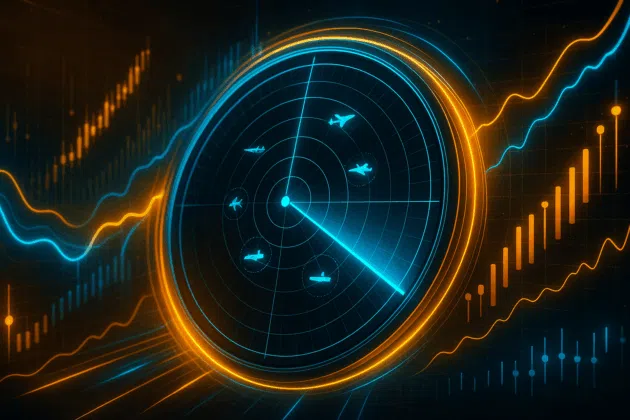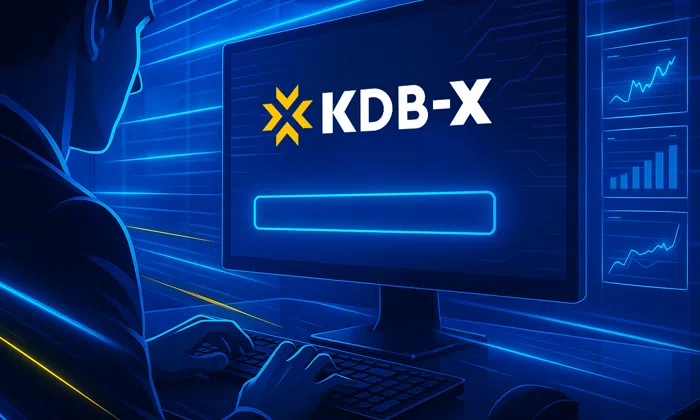-

Inside KDB-X: Modules, performance, and next-gen developer experience
1 December, 2025
-

How do hedge funds stay ahead in the great quant convergence?
21 November, 2025
-

KDB-X: The next era of kdb+ for AI-driven markets
17 November, 2025
-
KDB-X: Next-gen kdb+ is here – and it’s built different
17 November, 2025
-
Benchmarking KDB-X vs QuestDB, ClickHouse, TimescaleDB and InfluxDB with TSBS
14 November, 2025
-
GPU acceleration in KDB-X: Supercharging as-of joins and sorting
6 November, 2025
-
KX wins a-team insight’s AI in capital markets award for best AI solution in high-performance data processing
14 October, 2025
-
Force multiplier: Unlocking the strategic value of Defence data at speed and scale
29 September, 2025
-
Tutorial: Hybrid search with BM25 in KDB-X AI libraries
24 September, 2025
-
Mastering data in Defence: Turning information overload into strategic advantage
22 September, 2025
-
Tutorial: Fuzzy filters for symbol changes with KDB-X AI-Libs
17 September, 2025
-
Unlock real-time market intelligence with KDB-X MCP server
12 September, 2025

KDB-X webinar recap: Build, analyze, and innovate on the next generation of kdb+
A recap of the KDB-X webinar covering architecture, modules, Parquet support, AI workflows, and the roadmap. Learn how to start building with KDB-X today.












